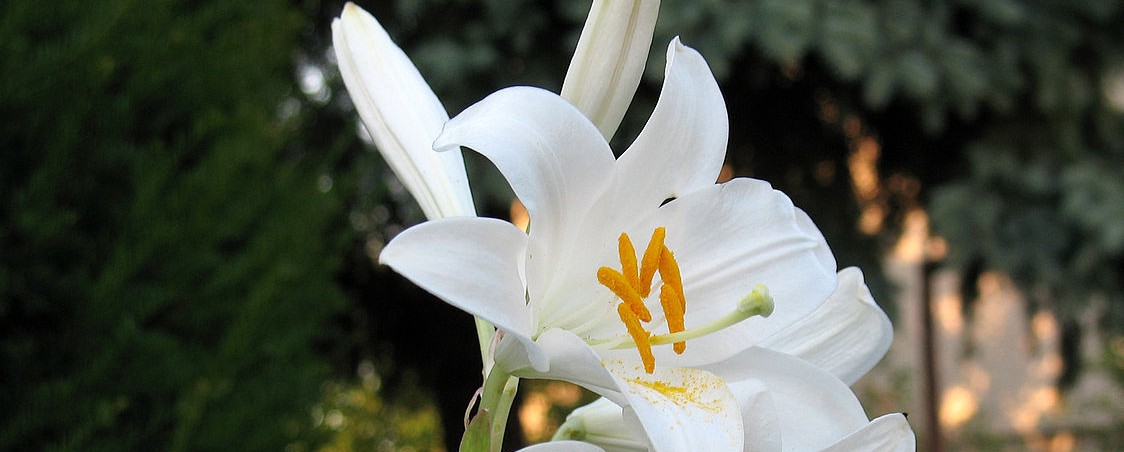The Easter Season
National Liturgical Council

The fifty days from Easter Sunday to Pentecost are celebrated in joyful exultation as one feast day, or better as one "great Sunday". These above all others are the days for the singing of the Alleluia (GNLY 22).
The first eight days of the Easter season (the octave) are celebrated with the solemnity of Sundays. The triple Alleluia is used at the dismissal throughout the octave. The continuation of the Easter celebration is shown through the lighting of the Paschal Candle until the close of the season at Pentecost. This candle continues to be lit throughout the year for the celebration of initiation and its fulfilment in the funeral liturgy. Therefore it is usually placed near the baptismal font after the Easter season.
The newly-initiated members of the assembly continue their journey in this time of mystagogia. Many homilies of the Fathers of the Church attest to the formation in faith of the newly baptised (or neophytes) during this time when the mystery of the Eucharist, from which they had been excluded prior to their initiation, was opened up to them.
As a community refreshed in our baptismal promises we hear readings from the Acts of the Apostles showing the struggle of the early Christians to follow the example of Christ.
The paschal dimension of Ascension and Pentecost is evident through their inclusion in the Easter season. From Ascension to Pentecost the Church prepares to celebrate the gift of the Spirit which was already proclaimed on the Sundays immediately after Easter.
As the joy of the resurrection renews the whole world we rejoice that Christ has made us children of the light. "He has opened the gates of heaven to receive his faithful people" (Preface of Easter II and so this season is replete with the singing of Alleluia.
Image Attribution - Lilium candidum, Maciek Godlewski
